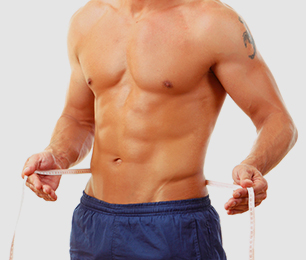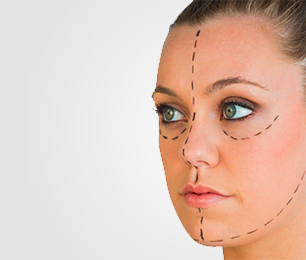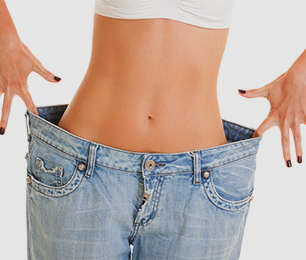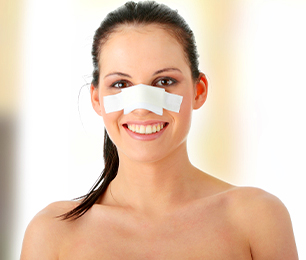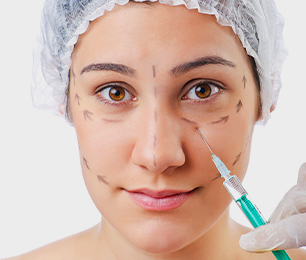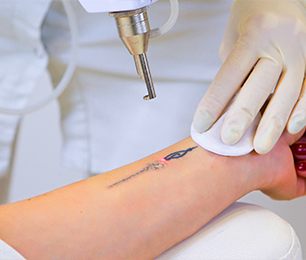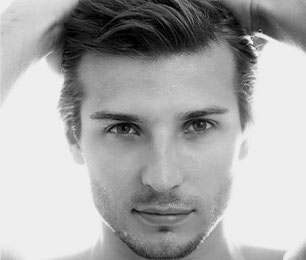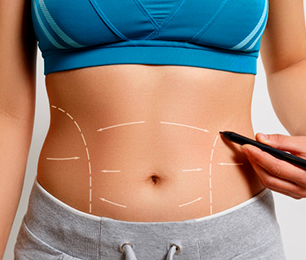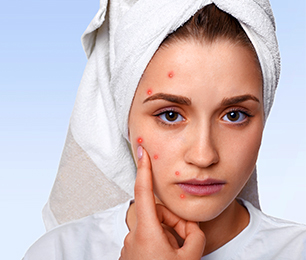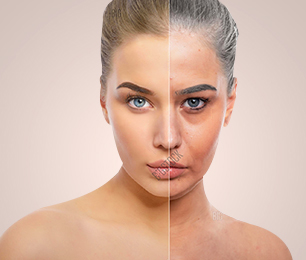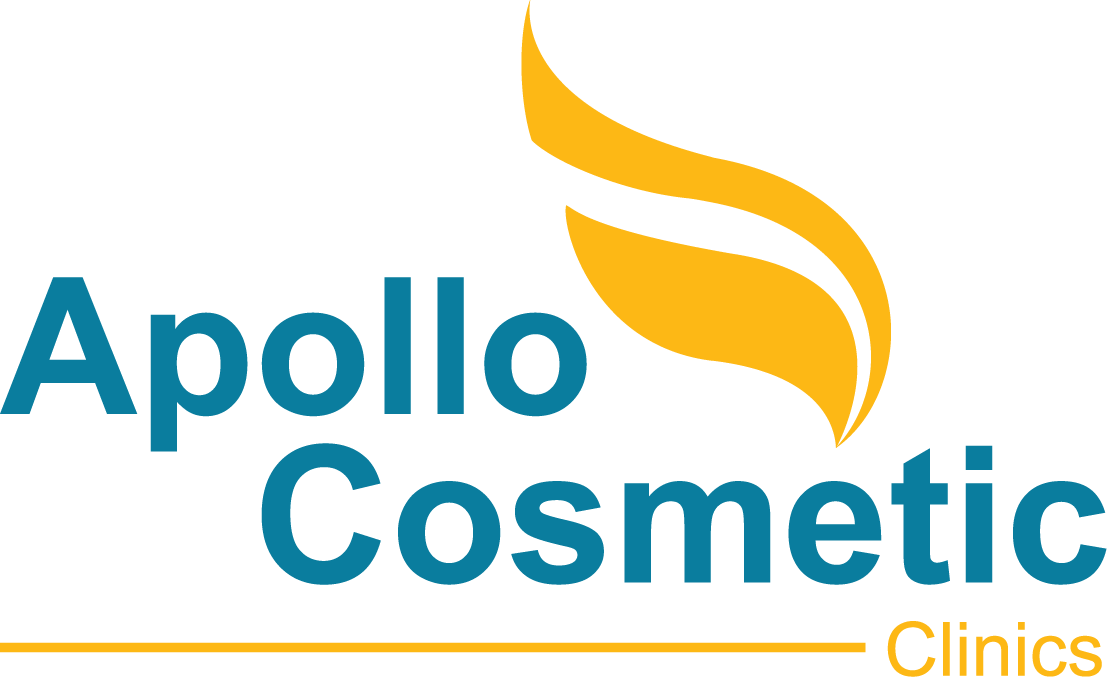Coolsculpting
Irresistible Offers
- Free Body Composition Analysis
- Complimentary registration
Fastest ever non-surgical figure correction
The CoolSculpting fat reduction procedure is specially designed for those who have unwanted fat that resists diet and exercise. Unlike gastric bypass surgery, the CoolSculpting procedure is not a weight loss solution for people who are obese. It is, however, a non-surgical alternative to liposuction.
CoolSculpting is a non-surgical contouring treatment that freezes stubborn fat, which is then naturally eliminated from your body. No needles, no special diet, no supplement and no surgery.
Most importantly, little to no downtime.It’s safe medically-cleared and effective.
PROVEN RESULTS WITHOUT SURGERY Renowned Harvard University scientists, Dieter Manstein, MD and R. Rox Anderson, MD, observed that some children got dimples due to eating popsicles. The idea that cold can selectively affect and eliminate fat cells without damaging the skin or surrounding tissue was the insight behind Cryolipolysis®the proven science on which the CoolSulpting procedure is based. The CoolSculpting procedure is:
- FDA-cleared
- Non-surgical
- Safe and effective
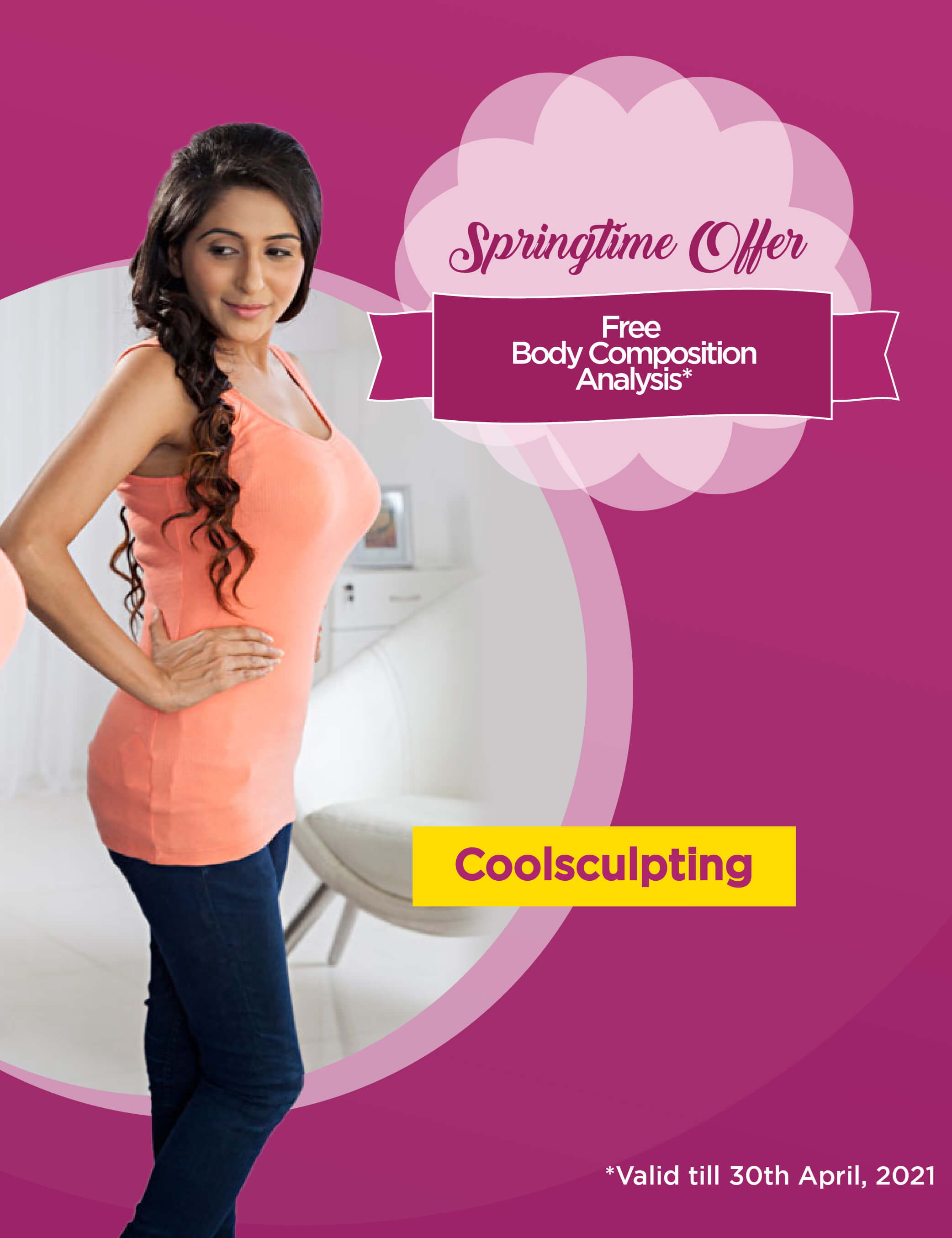
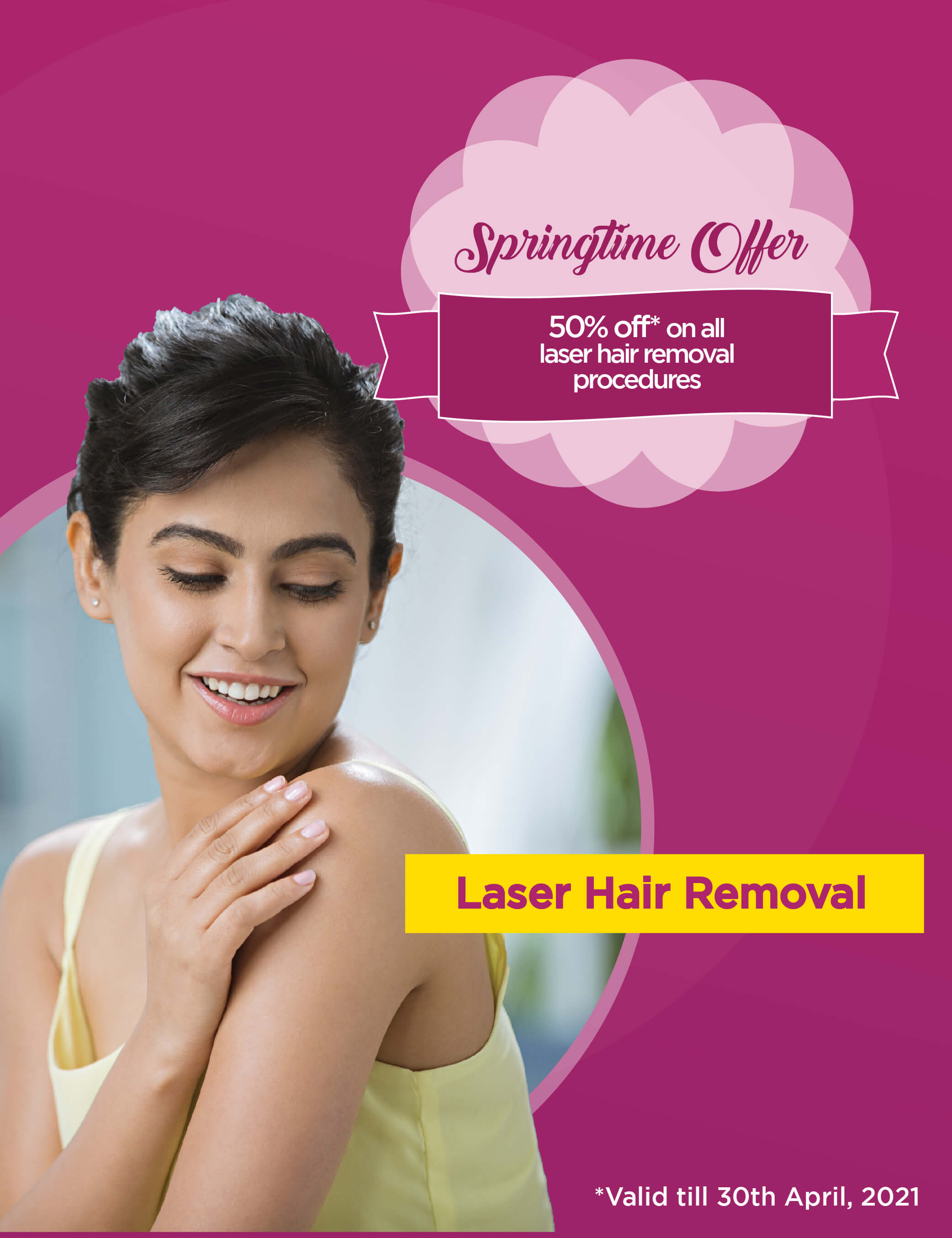
Laser Treatments
Springtime Offer
- 50% off on all laser hair removal procedures
- Free Upper Lip Laser
Cynosure Yag laser (unwanted hair removal/ fine veins/ leg veins)
Almost everyone can enjoy the benefits of laser hair removal. People with light to medium colored skin and medium to dark colored hair are the best candidates for Laser Hair Removal Those with darker or tanned skin, or light colored hair, are usually more difficult to treat, but can still obtain very desirable results when treated on the appropriate laser and wavelength by a skilled technician.
Laser Hair Removal treats: Unwanted hair removal "A simple equation for a “good” candidate is one who has skin that is lighter than their hair."
Laser hair removal is a non-invasive technique that uses highly concentrated light to penetrate hair follicles. The intense heat of the laser damages the hair follicle to inhibit future hair growth. Laser hair removal is effective for most parts of the body. As laser hair removal only affects actively growing hair follicles, it may take several laser hair removal treatments to provide significant hair reduction. Additionally, while laser hair removal effectively slows hair growth, it doesn’t guarantee permanent hair removal. Periodic maintenance treatments may be needed.
Long Pulse ND: YAG by Cynosure The high powered Nd:YAG laser is capable of treating all skin types but is more effective for the removal of hair from tanned and darker skin. It is also the preferred treatment for the removal of spider veins on the face and legs. There are several application for the Laser, the parameters include pulse characteristics and multiple spot sizes. This allows clinicians to treat clients based on the skin type, hair type thus optimizing the outcome of the procedure. With the adjustable pulse function and the High peak power this will allows you to treat even the most challenging clients.
- FDA-cleared
- Non-surgical
- Safe and effective
